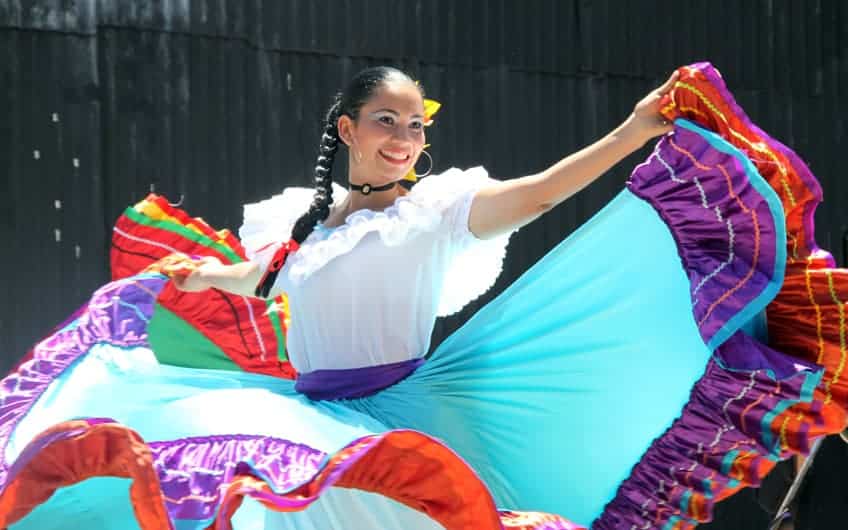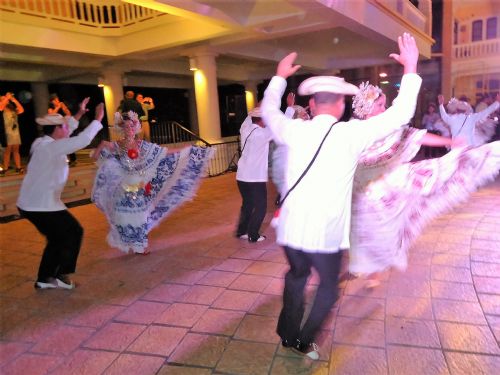Spanish rule in central Americas ended in 1812 following the Mexican War of Independence. In 1824, Costa Rica was part of the Federal Republic of Central America, along with other states such as El Salvador, Guatemala, Honduras, and Nicaragua.
- Guanacaste Day is a public holiday in Costa Rica, celebrated on July 25th. In a move intended to rejuvenate the tourism sector after the COVID-19 pandemic, this holiday will be moved to the following Monday from 2022 onwards
- Also known as ‘Annexation of Nicoya Day’ (La Anexión del Partido de Nicoya), this day marks the annexation of Guanacaste in 1824 when the province became part of Costa Rica.
The region of Guanacaste was part of Nicaragua and bordered by the northern part of Costa Rica. In the three major cities in Guanacaste, there had been open meetings discussing a switch from Nicaragua to Costa Rica. A referendum was called to decide on what to do. In the referendum, Nicoya and Santa Cruz voted yes to joining Costa Rica, while Liberia voted to stay with Nicaragua. The overall result was in favor of the annexation by Costa Rica.
The Central American Federal Republic duly passed the law and signed it on July 25th, 1824, allowing Guanacaste Province to become part of Costa Rican territory.
Every year, July 25, a visitor would notice a little something different is happening. Schoolchildren aren’t in school. Banks, government offices, and other places of business are closed. People – and especially young children – are dressed in traje típico (typical dress, usually of the red, white, and blue variety).
Mystery, solved: Today is “Guanacaste Day” or more formally, a celebration of “la Anexión del Partido de Nicoya” (the “Annexation of Guanacaste”).
The holiday is particularly grand here in Tamarindo, as we’re located in the province of Guanacaste – the epicenter of the day’s celebration. That said, Guanacaste Day is a major holiday throughout Costa Rica, and not just in Guanacaste: Today is an official holiday throughout all seven provinces. Today honors the day that our peninsula – now province – became a part of Costa Rica. Today is a day for celebration.
It All Began Centuries Ago…
Today begins not today but many years ago – centuries ago, in fact, when Spain first colonized the region we now know as Central America. Between the 1500s (colonization) and the early 1800s (independence), Central America was comprised of several Spanish provinces. Two such provinces: the Province of Costa Rica and the Province of Nicaragua.
During this period, the Partido de Nicoya – an area that today, encompasses almost the entirety of Costa Rica’s Guanacaste province – juggled allegiance to both the provinces of Costa Rica and Nicaragua. The partido also dabbled in political autonomy – of course, always with ultimate allegiance to Spain’s Central American capital in Guatemala.
Over the course of three centuries, the Partido de Nicoya had developed economic and commercial ties with the Province of Costa Rica. So, in 1812, when Spain called for provincial representatives to attend for the Cortes de Cádiz (Cadiz Courts), Nicoya chose to send their representative with the Costa Rican federation. An official alliance had been born.
Less than a decade later, in 1821, Central America became independent from Spain. By 1824, Central America had formed an independent nation, the República Federal de Centroamérica, otherwise known as the Federal Republic of Central America.
Guanacaste: An Independent Choice
The Partido de Nicoya was at a turning point: Would they join the Federal Republic of Central America as part of the independent province of Nicaragua, or as part of the independent province of Costa Rica?
At the time, Nicaragua was faced with violence and political strife. Costa Rica, on the other hand, was more peaceful. Additionally, commercial ties between Costa Rica and the partido were still strong (and growing stronger).
But of course, things were not so clear-cut: There were political and social ties to both independent provinces. So, when Costa Rica extended a geopolitical invitation to Partido de Nicoya, Nicoya called for a vote.
Nicoya’s three major cities – Villa de Guanacaste (now Liberia), Nicoya, and Santa Cruz – spent several months in 1824, discussing the possibilities. In the end, Nicoya and Santa Cruz voted yes: The Partido de Nicoya would annex to Costa Rica.
The date was July 25, 1824.
A Celebration of Peace

Today, Costa Rica represents peace and democracy
So today and every July 25, throughout Costa Rica, we celebrate a region’s peaceful (and democratic) decision to join our peaceful (and democratic) nation.
It’s a sentiment you’ll hear everywhere and often: “de la patria por nuestra voluntad” – “Costa Rican by choice.” We are Costa Rican because we chose to be so, and we are glad for the choice. And so, today, you’ll probably hear plenty of music, see a few fireworks, and tap your foot to some traditional folk dancing. If you’re lucky, you might catch a parade.
And while you’re at it, don’t forget to grab a hand-palmed tortilla and a glass of tamarind juice. They’re a proud Guanacaste tradition!
Tags: Central Americas

